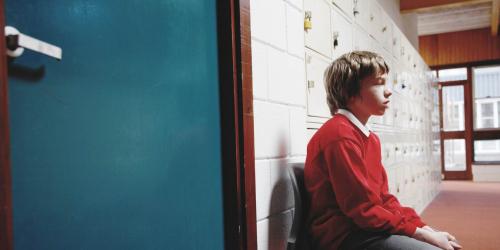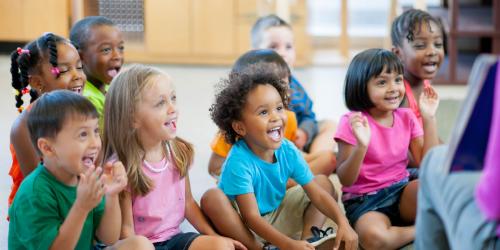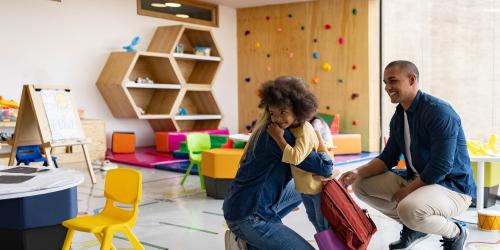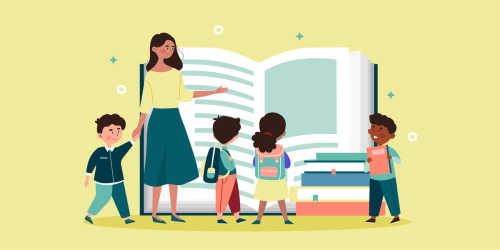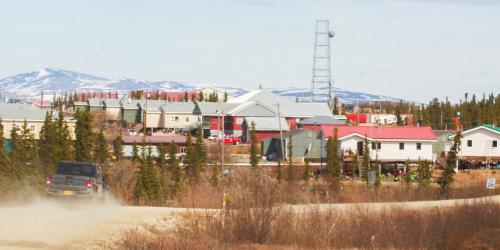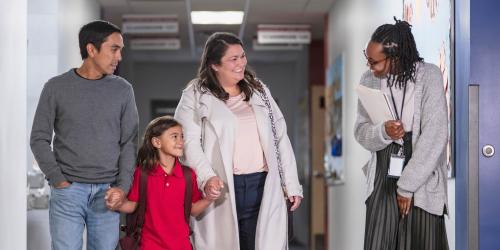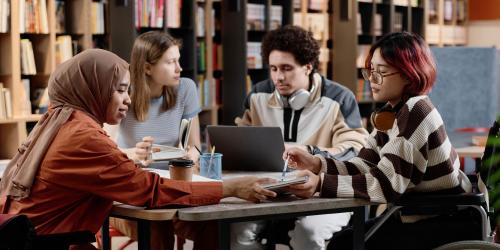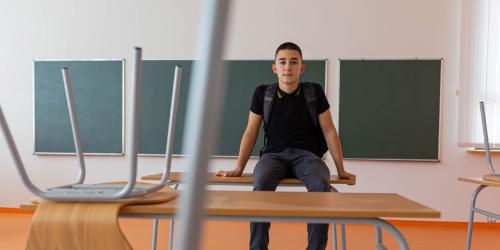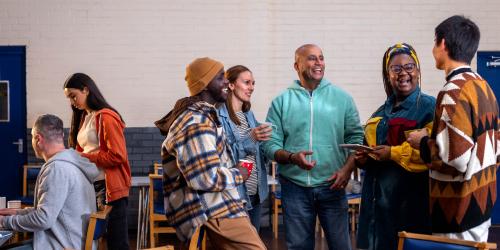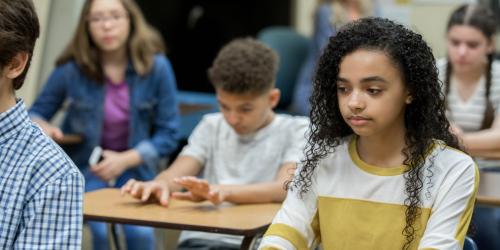Researcher Vicki Nishioka frames alarming statistics for out-of-school suspensions and discipline disparities in preschool programs with a set of practices that can help schools end the problem.
Do English learner students miss more class time due to discipline than their non-English learner peers? Art Burke examines this and other questions in his newly published REL Northwest study.
As economic forces shift in rural areas, how can creating expanded educational opportunities in science, technology, engineering, and math make a difference for rural students?
What skills can preschoolers learn that will ultimately help them get into college? It may sound surprising, but research suggests even very young children are already developing skills that will help them later in life.
Offering a few key strategies taken from the preschool years for educators to help promote family involvement in students’ education.
Kindergarten transitions are important for children to succeed in school and later in life. What do principals need to know to help their youngest students thrive?
Attracting and keeping teachers in our hard-to-serve schools can help prepare all our students to be productive members of society in the 21st century.
When schools get an influx of English learners, what can principals do to help ensure their academic success?
According to recent data from the National Center for Education Statistics, one in three students in Alaska, Idaho, Montana, Oregon, and Washington is now a member of a racial/ethnic minority group.
A substantial body of research shows the knowledge, skills, habits, and dispositions toward school and learning that students bring with them on their first day of ninth grade have a large impact on their success throughout their high school career.
On the most recent National Assessment of Educational Progress, only 24 percent of students in grades 8 and 12 scored at or above proficient level, lower than our students’ performance in reading and mathematics.
In our region—Alaska, Idaho, Oregon, Montana, and Washington—young people between the ages of 13 and 17 are more than twice as likely to be foreign-born immigrants than children from birth to the age of 12.
Collective impact initiatives thrive on meaty problems—problems worth the attention, energy, and resources of the community that cannot be solved by the efforts of single organizations or sectors.
Collective impact involves bringing together a wide range of partners—schools, community-based organizations, government, businesses, foundations, and individuals—to address a critical community issue.
Students of color held out of class at a high rate even as overall suspensions are decreasing but also that as schools reduced suspensions, rates of unsafe behavior decreased and students reported feeling safer.

